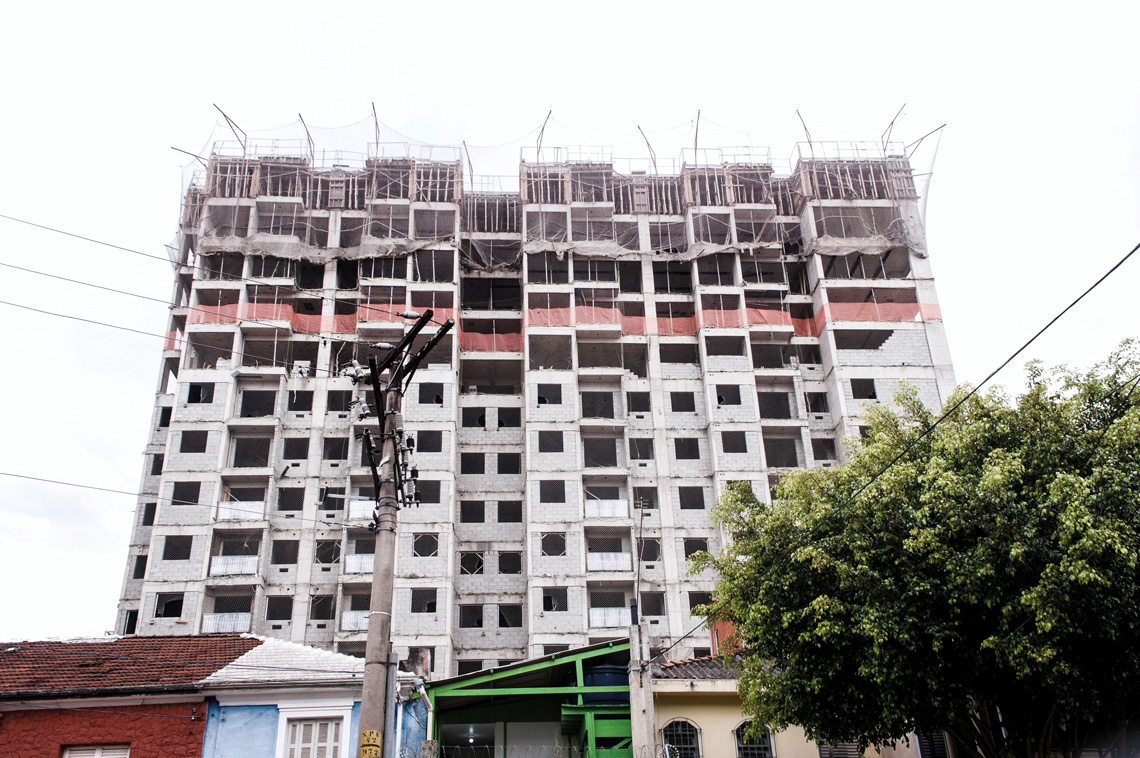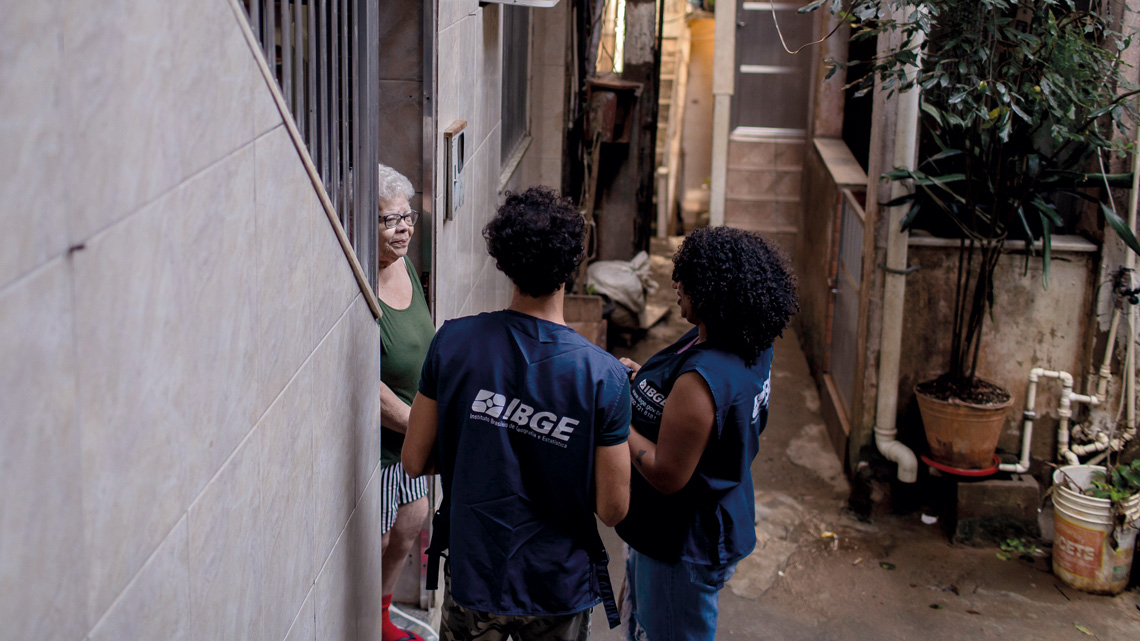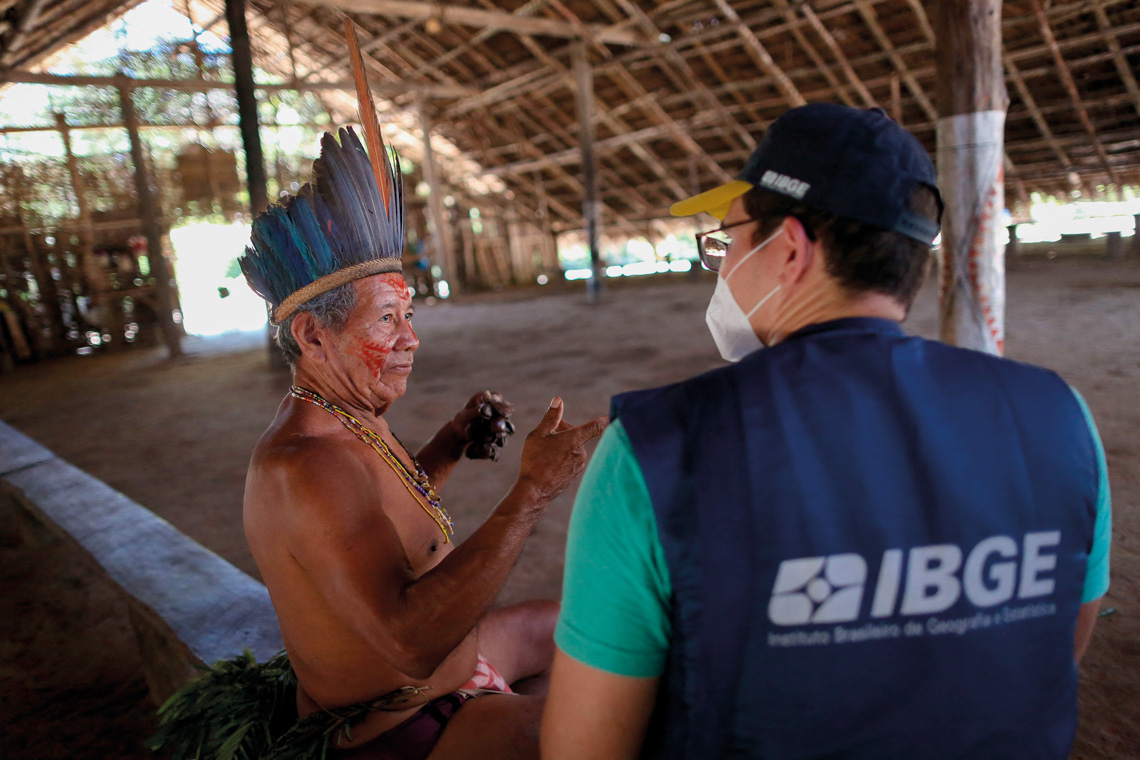Caused by a falling trend in the fertility rate observed since the 1960s and by the increased mortality resulting from the COVID-19 pandemic, Brazil registered the lowest population growth in its history, according to the first results of the Demographic Census of the Brazilian Institute of Geography and Statistics (IBGE) for 2022, released at the end of June. From 2010 to 2022, the average annual growth rate of the country’s population was 0.52%, which represents the lowest advance since the first Census in Brazil, conducted in 1872. Demographers and economists consulted for this report, including Roberto Luiz do Campo, of the Center for Population Studies of the University of Campinas (NEPO-UNICAMP), argue that the data prove that the country is aging more quickly than expected. Because of this, new social security reforms should be implemented, such as creating public policies for health that consider the needs of elderly populations.
The information collected by the Census suggests that, after more than 100 years of continuous growth, the country could register a drop in population in the next decade. “We are living in a demographic transition marked by the reduction in the number of children and economically active population groups, as well as an increase in people over 60 years of age,” warns Carmo. “This phenomenon has arrived earlier than we imagined and, as a result, the country should anticipate the reformulation of public policies, considering the new context.” For the demographer, the low average annual growth rate of the population was influenced by the pandemic and it is not possible to be certain that demographic trends of the past three years will remain in effect so sharply. “In other words, we don’t know if the birth rate will continue as low and the death rate as high as the levels observed in 2021 and 2022,” ponders the researcher. According to the IBGE, in 2021, the number of deaths in the country grew 18% compared to 2020, reaching around 1.8 million people. Both the annual growth rate and total deaths were records for the historical series, which began in 1974. While births fell 1.6% and reached around 2.6 million in 2021, which represents the lowest value recorded since 2003.
“If there was any doubt that Brazilian society is changing, it is now crystal clear. Our demographic transition has advanced,” reiterates economist Duval Fernandes, of the Pontifical Catholic University of Minas Gerais (PUC-MG). He explains that while the aging of the population should not be considered necessarily a problem, the fact is there will be fewer taxpayers to support pensions in the future. “To solve this challenge, it is urgent that the country invests in improving the schooling for young people to try to increase labor productivity,” he defends.
With a similar thought, demographer and economist Raquel Guimarães, of the Federal University of Paraná (UFPR), calls attention to the fact that the aging of the population will demand not only the formulation of health policies, but also the care sector (see Pesquisa FAPESP issue nº 299). “We need to discuss how to deal with a growing mass of people that will have high survival but inadequate health conditions, suffering from dementia and other age-related illnesses,” (see Pesquisa FAPESP issue nº 329). This scenario, according to Guimarães, already impacts women who are part of the so-called “sandwich generation” and look after elderly parents, children, and grandchildren at the same time.

São Paulo registers 4.9 million households, the highest rate in the countryLéo Ramos Chaves /Revista Pesquisa FAPESP
In 2022, the population of Brazil was 203.1 million people, which represents an increase of 6.5% compared to 2010. That means the current edition of the Census counted 12.3 million more people than the survey from the last decade. These numbers differ from the projections published by the IBGE itself in 2021, when it estimated that the resident population in the country that year was 213.3 million people. “A large part of the community of demographers was surprised by this difference. The discrepancy may be related to the more rapid fall in fertility compared to the projections,” analyzes Guimarães. The reduction in the quantity of children per woman has been registered in all social classes in Brazil since the 1990s (see Pesquisa FAPESP issue nº 263). In the state of São Paulo, for example, the State Data Analysis System Foundation (SEADE) identified that the average number of children per woman between 2000 and 2020 went from 2.08 to 1.56, a drop of 25%. The study was published in 2021 based on information from Civil Registry offices in the state.
During a press conference held on June 26, statistician Cimar Azeredo Pereira, interim president of the IBGE, explained that the difference in the actual number compared to the population projection occurred because the country had not updated the count of its inhabitants in 2015, as planned. In 1996, the body began carrying out the population count in intercensal periods, as a way of keeping its database up to date. Due to budgetary problems, the 2015 edition did not take place, but Pereira stressed the need for the country to conduct the count in 2025. “This measure is essential so that managers develop and perfect public policies and prepare to face emergency situations,” he defended.
The 2022 Census also showed that São Paulo, Minas Gerais, and Rio de Janeiro continue to be the three most populous states, concentrating 39.9% of the country’s residents. The least populous area is the Midwest, with 16.3 million inhabitants, or 8.02% of the population. On the other hand, it is the area that had the largest population increase, a movement that may have been motivated, among other reasons, by agricultural expansion in the region. “The population attracted by the heating up of the labor market in these locations ends up concentrating in urban areas,” states Carmo, of UNICAMP.
The researcher recalls that the big mark of Brazilian demography in the twentieth century was the transition to urban areas, a trend that has been losing force in the last decades. “In 1950, 36% of people lived in cities and, today, the percentage is more than 85%,” he informs.


